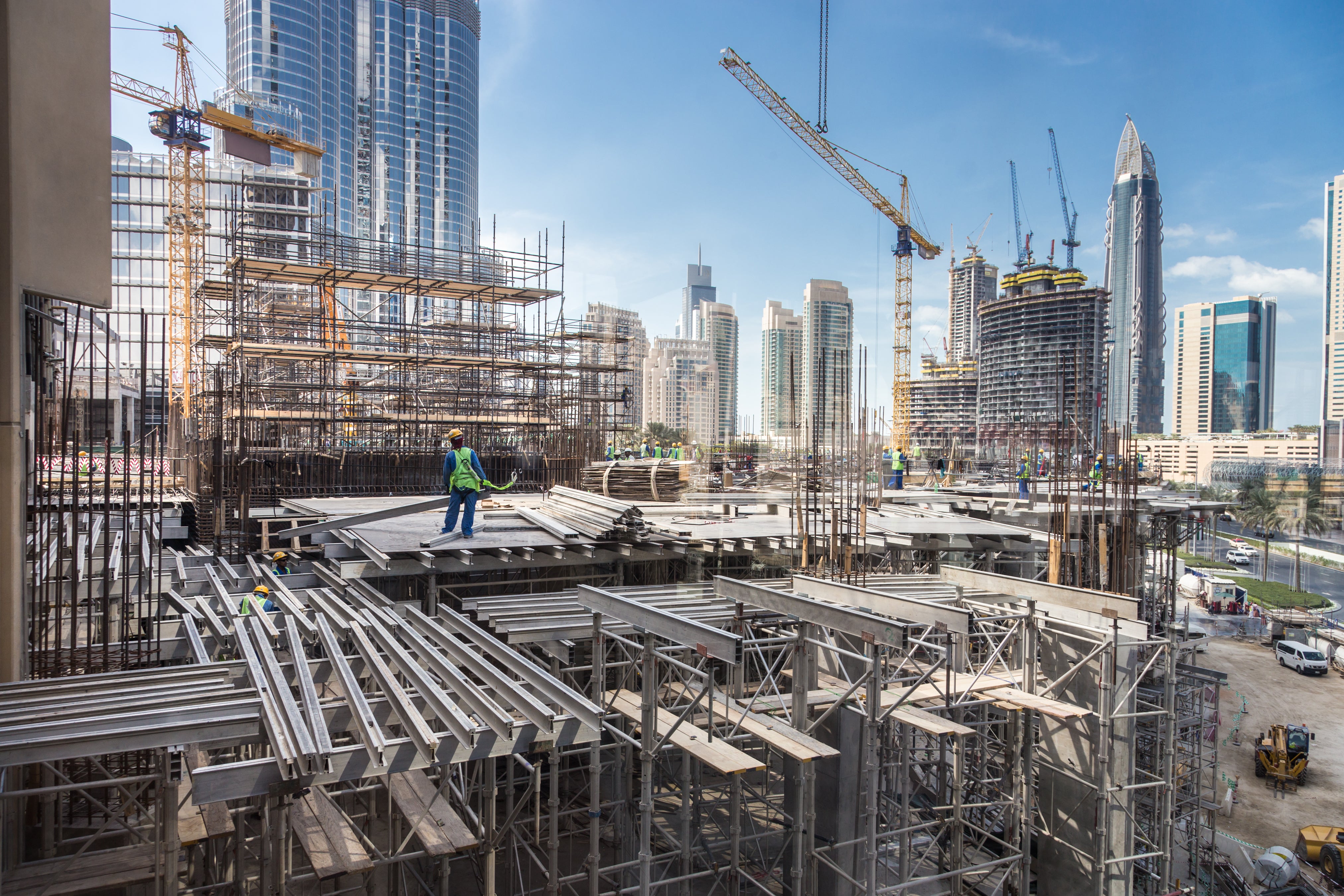
Photo: Matej Kastelic / Shutterstock.com
Over the past two decades, rated infrastructure worldwide has grown threefold. Some periods of flatter growth aside, the rise of infrastructure lending for both project finance and corporates has helped steer the sector’s development.
All the while, the infrastructure sector has developed a more robust risk profile compared to companies primarily involved in the production of goods, otherwise known as non-financial corporates (NFCs). And, by most measures, infrastructure credits rated by S&P Global Ratings have displayed lower default rates and ratings volatility, and higher recovery prospects compared to NFCs.
How is rated infrastructure evolving? Crucially, it is expanding. Rated corporate and project finance infrastructure issuance has spiralled in number—from 355 issues in 1991 to 1,440 at the end of 2016.
Of course, the strength of the infrastructure sector has been tested over the past 25 years. Only once, however, did it truly feel the strain. Infrastructure projects saw particularly high defaults during the 2000–2003 cycle—coinciding with the Argentine financial crisis and the U.S. energy sector’s greater liberalization.
Still, infrastructure boasts a much higher proportion of investment grade ratings than NFCs (40%). And despite speculative grade issuance rising in proportion, the infrastructure sector has nonetheless shown its resilience. It navigated through the global financial crisis relatively unscathed: the peak default rate remained under 1%, compared with a little under 6% for NFCs. Moreover, in the worst scenarios, about 52% of infrastructure instruments have recoveries of 80% or higher, compared with 39% for NFCs.
The level of investment and speculative grade issues are changing too. In 2016, around 75% of infrastructure credits were rated investment grade ('BBB-' or higher). This represents a fall of five percentage points from a decade earlier. In general, peak default rates for infrastructure have been congruent with the NFC segment—as was evident during the U.S. recession of the early 1990s, and again in 2000.

Source: S&P Global Ratings, Rated Global Infrastructure Displays Strong Credit Quality And Low Risk
A shifting landscape by subsector
That’s the big picture, but nuances still exist across the infrastructure universe. Take the discrepancies between the infrastructure project finance and the corporate finance subsectors, for instance. Project finance has typically exhibited more frequent defaults and higher credit rating volatility than infrastructure corporates.
Within both subsectors, however, default rates remain comparatively low and have even been trending downward for the past 15 years. Defaults for project finance reached their peak of 3.6% in 2001; the peak for infrastructure corporates (2.8%) came soon after in 2002.
Making up the majority of the infrastructure corporate subsector, utilities have shown particularly stable performances with 90% of rated utilities holding investment grade ratings by the end of 2016. This has largely been thanks to several core characteristics: utilities have a near-unparalleled position as essential services, with no practical substitute; high barriers to entry, with many even operating as natural monopolies; and, by nature, regulated utilities have limited scope to increase debt holdings, thanks to the regulator’s benchmarks.
The sheer number of utility ratings disproportionately impacts our statistics. It is therefore crucial to note that the period between 2009 and 2012 saw a growing number of downgrades in the infrastructure sector, coming after five years of continuous positive net upgrades. Notably, we downgraded a number of transportation project finance transactions in Australia, mostly due to the associate demand risks.
Another temporary casualty was the power sector, as merchant energy producers (particularly older baseload coal plants) became less competitive against burgeoning gas-fired plants enjoying the fruits of the shale gas boom in America.
Regional change
The extent of infrastructure’s development also becomes clearer when assessing performance according to geography. Alongside expansion, another key development is diversification. The market has opened up: in 1991, 96% of the total infrastructure credits were issued in North America. By end of 2016, this figure plummets to 53%.
Filling the space are credits in the Europe, Middle East, and Africa (EMEA) regions. Here, rated issuance has increased from a little under 3% in 1991, to 28% by the end of 2016. Additionally, growth in the capital markets has transformed Latin America’s market: today, S&P Global Ratings rates 128 issues in the region (3% of the worldwide market), whereas in 1991, we rated just one.
Looking back, what might we expect the future to hold for infrastructure investment? Most evident is that, in recent years, the growth of the rated infrastructure universe has gone largely uninterrupted. Infrastructure credits show a lower likelihood of default and higher ratings stability than the broader NFC segment. Recoveries, too, are generally higher for infrastructure than for NFCs.
This all keeps the virtuous cycle spinning: it gives greater confidence to infrastructure investors and can help maintain interest in the sector—and not only in North America, which had been the dominant destination of investment in the early 1990s. Now we see a diverse market, with investments reaching four corners of the globe. And this may prompt a similar response from issuers and investors alike: “Long may it last.”
Many argue that revisiting recent history can shine a light on the future. To this end, S&P Global Ratings’ most extensive study of rated infrastructure, to date, examines the sector’s performance over the past 25 years. You can read it here.
Disclaimer: The content of this blog does not necessarily reflect the views of the World Bank Group, its Board of Executive Directors, staff or the governments it represents. The World Bank Group does not guarantee the accuracy of the data, findings, or analysis in this post.
Related Posts:
New data reveals uptick in private investment in EMDEs in 2017
Why we need more systematic data to get PPPs right
Strategies that work: New South Wales leads infrastructure development in Australia
Breathing new life into power utilities through debt restructuring tool


Join the Conversation